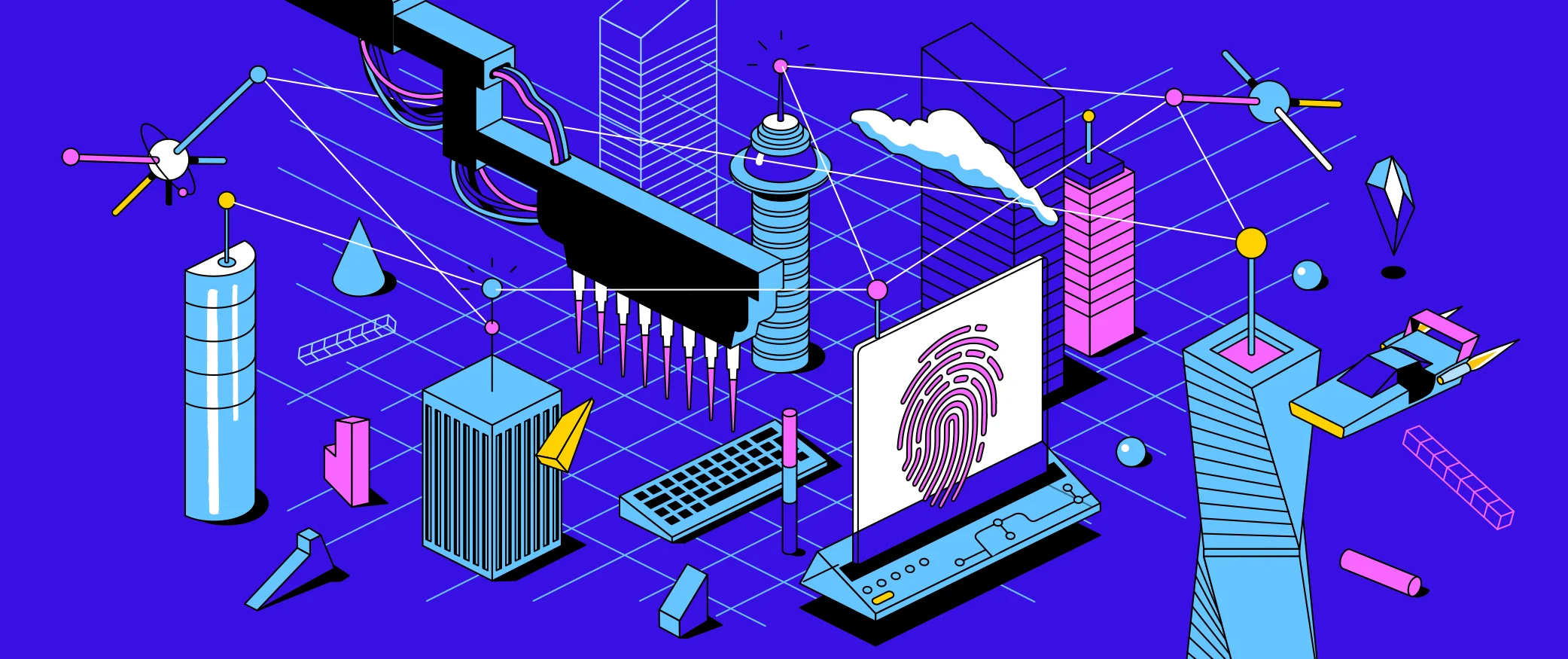Generative AI Models: Generating Data Using Variational Autoencoders
Master VAEs for image generation: Learn probabilistic encoders and decoders. Train models on multichannel color images using Python in Colab.
Skill level
IntermediateTime to complete
Approx. 1 hourCertificate of completion
Yes
About this course
Variational autoencoders (VAEs) represent a powerful variant of traditional autoencoders, designed to address the challenge of generating new and diverse samples from the learned latent space. VAEs introduce probabilistic components, incorporating a probabilistic encoder that maps input data to a distribution in the latent space and a decoder that reconstructs data from samples drawn from this distribution. Begin this course by discovering how variational autoencoders can be used for generating images. Next, you will create and train VAEs in Python and the Google Colab environment. Then you will construct the encoder and decoder. Finally, you will train the VAE on multichannel color images. Upon course completion, you will have a solid understanding of variational autoencoders and their use in generating images.
Learning objectives
- Discover the key concepts covered in this course
- Provide an overview of variational autoencoders (vaes)
- Describe the architecture of vaes
How it works
Expert-led videos
In this course, you'll watch videos created by industry-leading experts for some of the biggest tech companies in the world. They'll cover key concepts, go through sample applications, prepare you for industry certifications, and more. Watch on any device — whenever and wherever you want — to learn at your own pace. Reviews from learners
- Very well put together as usual. I learn so much from each experience with Codecademy. I can't explain how satisfied I am with this institution.David WVerified Learner
- Everything Codecademy offers is useful for all software developers.Fidan MVerified Learner
- I thought that I would never be able to learn to code but Codecademy has made it very easy. I just love it!Adyan HVerified Learner
Our learners work at
You've Heard of Generative AI, But What Else Is Out There?

In the past year, our understanding of AI has increased as programs like ChatGPT, DALL-E, and Midjourney have become ubiquitous tools in our daily lives. These programs all fall under the same category of generative AI, a type of AI that excels at synthesizing new text and media content. But AI can do much more than generate content, and it’s worth exploring and familiarizing yourself with the technology’s full range of possibilities.
Before we get into the different types of AI, it helps to define what AI is. People often use AI as an umbrella term to describe many different techniques, says Nitya Mandyam, Codecademy Senior Curriculum Developer. (Fun fact: Along with creating a ton of our data science courses and content, Nitya’s also pursuing a postgraduate degree in AI Ethics.)
“AI is an interesting field because it’s kind of defined by the end goal, which is achieving human or superhuman intelligence, rather than what it actually is,” Nitya says. “Curiously, this lack of a precise universally accepted definition has probably helped the field grow and blossom.” Simply put, AI refers to intentionally constructed systems that actively interact with the world and are usually guided by large data models.
Early AI systems were inspired by mathematical logic and sought to mimic conscious thought processes through rules. (For example, in the late 90s, IBM built a chess-playing commputer called Deep Blue that was able to beat a grandmaster in chess.) Today, the many different types of AI that we encounter are much more sophisticated, in part because our understanding of human intelligence is more in-depth, Nitya explains.
While its roots go back decades, modern AI really accelerated in the last few years. As AI advances and seeps into technology we use, the lines between different types of AI can be hard to distinguish. Ahead, Nitya breaks down the various categories of AI that you might come across and key differences that you should know about each.
Join over 50 million learners and start Generative AI Models: Generating Data Using Variational Autoencoders today!
Start
Looking for something else?
Related courses and paths
- Free course
Generative AI Models: Getting Started with Autoencoders
Dive into unsupervised learning with autoencoders. Train models to reconstruct high-dimensional images and denoise corrupted images using PyTorch in colab.Intermediate2 hours - Free course
Generative AI on AWS: Building GenAI Models with Amazon SageMaker
Build cutting-edge generative AI models with Amazon SageMaker. Explore GANs, VAEs, optimization, transfer learning, deployment, and monitoring techniques.Intermediate2 hours - Free course
Generative AI Models: Generating Data Using Generative Adversarial Networks
Dive into AI with Generative Adversarial Networks (GANs). Learn to use PyTorch for model creation and training, and Deep Convolutional GANs for image optimization.Intermediate2 hours
Browse more topics
- AI2,062,471 learners enrolled
- Code foundations7,637,066 learners enrolled
- Computer science6,099,208 learners enrolled
- Web development5,118,062 learners enrolled
- Data science4,643,249 learners enrolled
- Python3,748,379 learners enrolled
- For business3,512,754 learners enrolled
- JavaScript2,933,358 learners enrolled
- Data analytics2,606,904 learners enrolled
Unlock additional features with a paid plan
Portfolio projects
Create professional projects you can share with recruiters to showcase your skills and experience.Job-readiness checker
Evaluate how well you meet the requirements for any job description based on your skills and experience.Certificate of completion
Earn a document you can share with your network to prove that you’ve completed this course.



